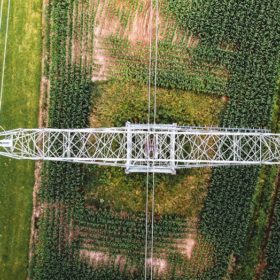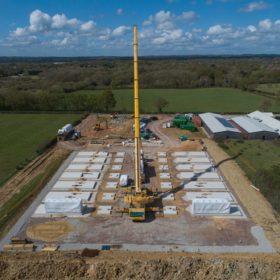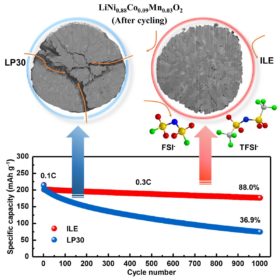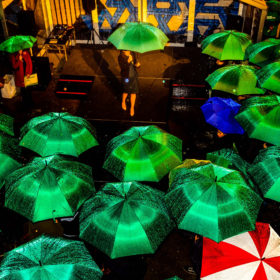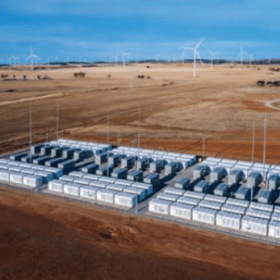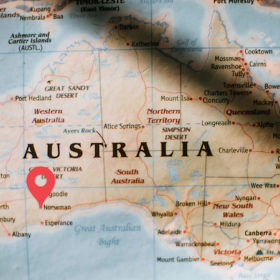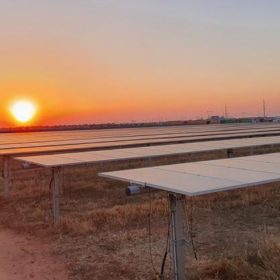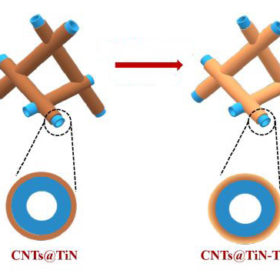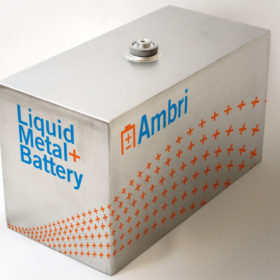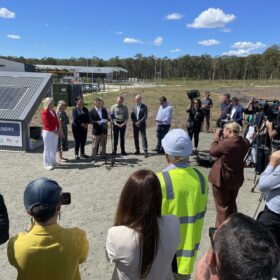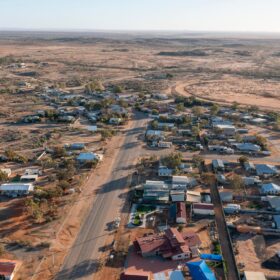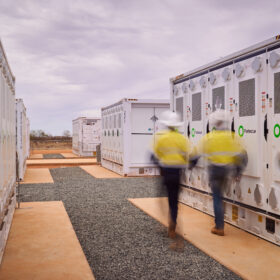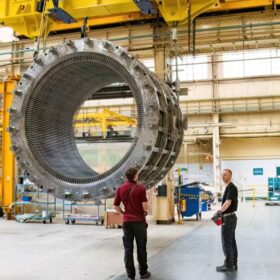CEFC to pursue ‘priority areas’ after year of investment firsts
The Australian government’s green bank has reaffirmed its intent to evolve beyond investing in solar and wind, expanding its focus to include green hydrogen, energy storage and transmission projects after finalising a string of investment firsts in the past 12 months.
Energy storage projects attract attention of global EPC giant
With large-scale battery developments emerging as an increasingly important component of Australia’s energy mix, India-headquartered multinational Sterling and Wilson Solar has revealed plans to expand its renewable energy offerings to include providing engineering, procurement and construction solutions for energy storage projects.
Monash chemists find novel salt solution for lithium-ion battery fires
Researchers at Monash University have published a new study in which high voltage lithium batteries, such as those used in electric vehicles and grid scale energy storage systems, are tested with a novel lithium salt shown to be far less hazardous than current conventional materials.
Lithium-metal battery with capacity retention of 88% over 1000 cycles
German scientists have applied a new combination of cathodes and electrolytes to improve the stability of lithium-metal batteries. They fabricated a device with an energy density of 560 watt-hours per kilogram and a Coulombic efficiency of 99.94%.
SA Greens seek to reinstate a publicly owned electricity system — based on renewables
The South Australian Greens Party has proposed a tax-and-spend plan for the state that goes against everything the Federal Government advocates, in favour of massive funding of essential services and reducing carbon emissions in the process.
Sunday read: What’s in store for storage
As solar and wind make up larger portions of the energy mix, energy storage is becoming an increasingly important piece of the puzzle in keeping electricity networks running smoothly. And as battery costs fall, new business models are emerging to increase the value of battery energy storage projects for both grid operators and project owners. Focusing on two leading countries – the United Kingdom and Australia – pv magazine looks at what’s in store for large-scale energy storage.
Saturday read: Dirty double standard on display
Australia’s proposed 26 GW Asian Renewable Energy Hub has encountered what appears to be a governmental double standard, as the country’s environment minister has rejected an expanded proposal. Thankfully, the project’s proponents have not become discouraged in the face of this double standard; in fact, they’re doubling down.
Australia’s biggest solar farm opts for AI-powered bidding platform
The operators of Australia’s largest solar farm have turned to a software-based bidding solution as they seek to optimise dispatch and manage the facility’s market trading and power purchase commitments amid increasingly market volatility.
Lithium-sulfur battery with shorter charging time, longer lifespan
Japanese scientists have developed a new lithium-sulfur battery by using titanium oxide and titanium nitride to prevent the formation of polysulfides during the fabrication process. This allows the battery to retain 85% of its capacity after 500 cycles at 2 C.
Calcium-antimony liquid metal battery to be commercialised by US company
Ambri has secured US$144 million ( AU$195 million) to commercialise its calcium-antimony liquid metal battery chemistry and open manufacturing facilities to deliver projects in 2023 and beyond.
